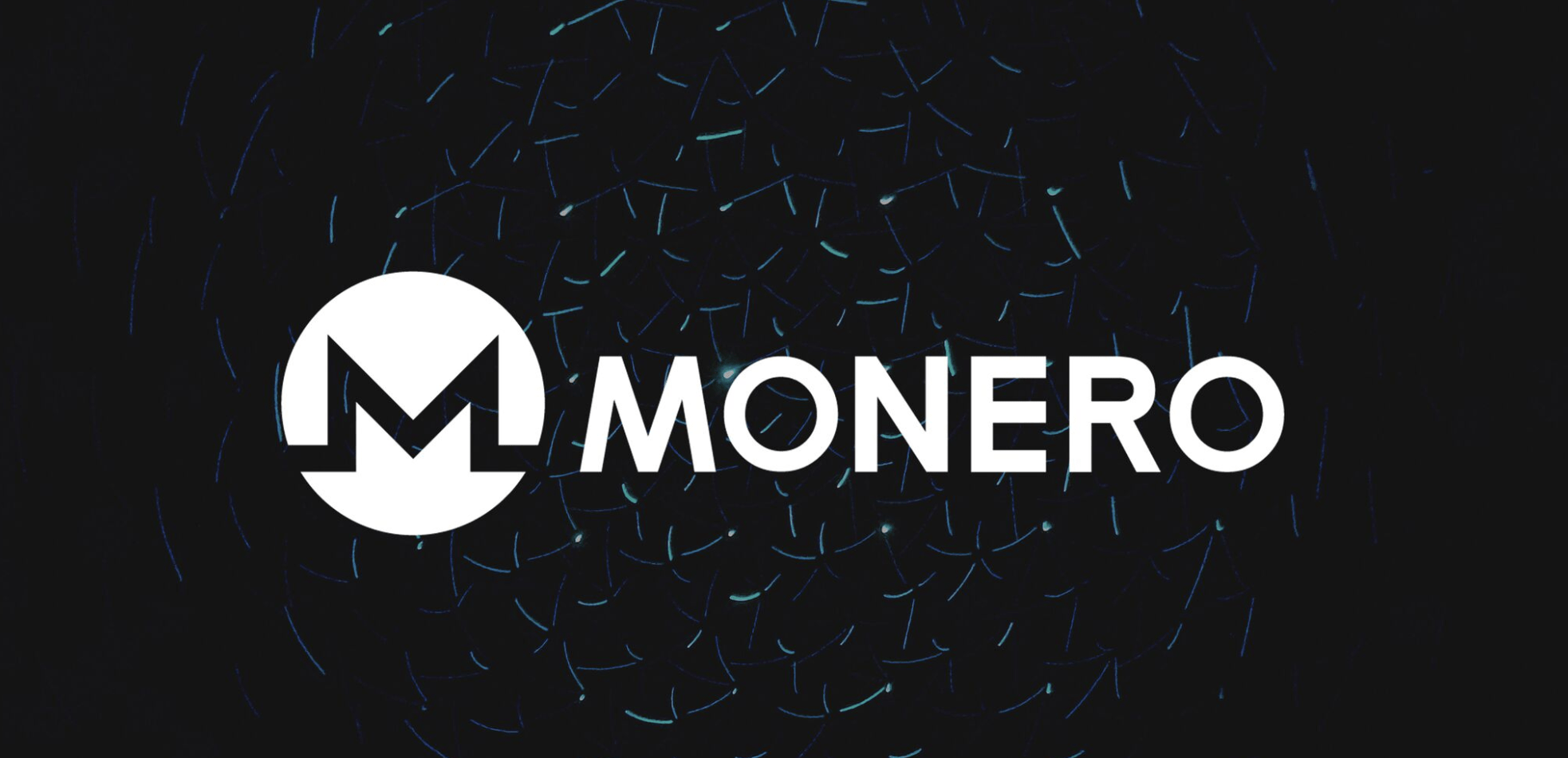Elastos is a third generation technology that leverages blockchain technology in giving internet users complete control over their digital properties. The protection that Elastos provide is beyond cryptocurrencies or private data. It covers other intellectual properties such as books, games, movies, and business ideas.
Elastos is a new Internet technology that is revolutionizing online security and smart technology. Elastos is built on the concept of removing middleman, monetizing computing power, protecting digital assets and offering incentivised digital properties transactions with enhanced security and speed at an affordable cost.
How does Elastos work?
Elastos operates in an isolated environment called a virtual machine that runs on elastos runtime. Its is a lightweight operating system kept in a little box. To penetrate the system, an attacker has to create their own box and connect to the user’s data.
If hackers manage to breach the security, Elastos does not grant Internet access so the information derived cannot be sent out or uploaded to the third-party websites like YouTube, Facebook or Dropbox.
Alternatively, the hacker may try to download it to external storage, but elastos requires that the owners of the data grant permission from their end. Therefore unless the owners voluntarily share their digital assets, hackers cannot take possession of it giving owners exclusive protection over the data they secure with elastos.
In another instance, assuming the hackers try to connect another virtual machine like engineering artificial intelligence (AI) scanner, it can only scan and check the data, but it is not transferable as it is an isolated device. The information cannot be passed on to the outside world.
In another real-life instance, assuming you have a session with your doctor and he connects to your virtual machine, he can only read your medical report but will not be able to save a copy. It is also imperative to the point that the moment you close your Elastos machine, the information viewed by the doctor will be permanently erased guaranteeing you topmost security.
The Blockchain Technology Behind Elastos
Now that we know how Elastos works, it is possible for readers to conclude that Elastos does not need a blockchain technology to function in reality, the blockchain provides the secure ID to access Elastos.
In a case where a hacker tries to override the user’s security, it is the blockchain that will be responsible for the assurance that the ID is authentic, not tampered with, void of virus and malware, and perfectly matches with the one registered in the block.
Blockchain provides a layer of trust for all the virtual machines that want to connect to a system.
Real Life Application of Elastos
Business and Enterprise
It helps businesses and enterprises to protect the trade secrets, for instance, Coca-Cola can use it to store their recipe menu which will not be available to anyone without their permission
Professionals
To safeguard valuable private data and ensure that only people with permission can access the information stored on it
Content Creators
Authors, content creators, movies and game developers can leverage the use of elastos in securing the ownership of their intellectual properties. With that, they can scale up their earnings and prevent illegal distributions of their contents to unauthorized users.
Also, the content owners can use elastos to create a scarcity of their digital asset thereby increasing its value.
Developers
Elastos provides large blockchain applications in a secure environment and keeps contents intact after multiple uses
Ethereum vs. Elastos
Ethereum operates on a single main chain structure leading to speed limitation while elastos adopts main chain and side chain structure that speeds up the transaction, payment and smart contract support for several applications and services
Ethereum experiences network congestion and data redundancy while Elastos is the more secure runtime with the independent operating system, software development kit (SDK) that speed up the operating process and prevent data congestion.
Ethereum exposes data to risk as it employs a front end decentralized application (DApps) while elastos make use of a safe DApps prevented from accessing the networks thus protecting data from DDos. Also, elastos doesn’t make use of IP addresses which implies that hackers cannot track users’ activities.
Conclusion
In conclusion, Elastos is a disruptive third generation blockchain technology that offers total protection of data and vital confidential information for an individual or a corporate body. The innovative technology will help content owners to maximize the returns on the sale of their digital assets thus making more from their intellectual properties. Elastos is a very beneficial technology that every user of the internet should have in their possession to create a more secure internet environment for all.







